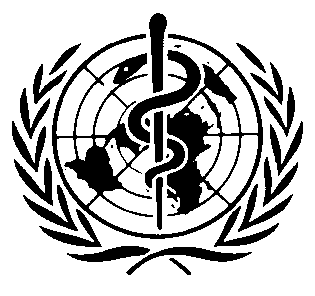International Chemical Safety Cards
| TRIBUTYLAMINE | ICSC: 1048 |




N,N-Dibutyl-1-butanamine Tris-n-butylamine (CH3CH2CH2CH2)3N Molecular mass: 185.3  ICSC # 1048
ICSC # 1048CAS # 102-82-9 RTECS # YA0350000 UN # 2542 April 20, 2005 Peer reviewed |
| TYPES OF HAZARD/ EXPOSURE | ACUTE HAZARDS/ SYMPTOMS | PREVENTION |
FIRST AID/ FIRE FIGHTING |
| FIRE |
Combustible.
Gives off irritating or toxic fumes (or gases) in a fire.
|
NO open flames.
|
Powder, water spray, foam, carbon dioxide.
|
| EXPLOSION |
Above 63°C explosive vapour/air mixtures may be formed.
|
Above 63°C use a closed system, ventilation.
|
|
| EXPOSURE |
|
|
|
| •INHALATION |
|
Ventilation, local exhaust, or breathing protection.
|
Fresh air, rest.
|
| •SKIN |
Redness.
Pain.
|
Protective gloves.
|
Rinse skin with plenty of water or shower.
|
| •EYES |
Redness.
Pain.
|
Safety goggles
or
eye protection in combination with breathing protection.
|
First rinse with plenty of water for several minutes (remove contact lenses if easily possible), then take to a doctor.
|
| •INGESTION |
|
Do not eat, drink, or smoke during work.
|
Rinse mouth.
|
| SPILLAGE DISPOSAL | STORAGE | PACKAGING & LABELLING | ||
|
Personal protection: filter respirator for ammonia and organic ammonia derivatives (K filter).
Collect leaking liquid in sealable containers.
Cover the spilled material with absorbent.
|
Dry.
Separated from
strong oxidants,
strong acids,
food and feedstuffs
.
|
Do not transport with food and feedstuffs.
R: S: UN Hazard Class: 6.1 UN Packing Group: II |
||
| SEE IMPORTANT INFORMATION ON BACK | ||||
|
||||